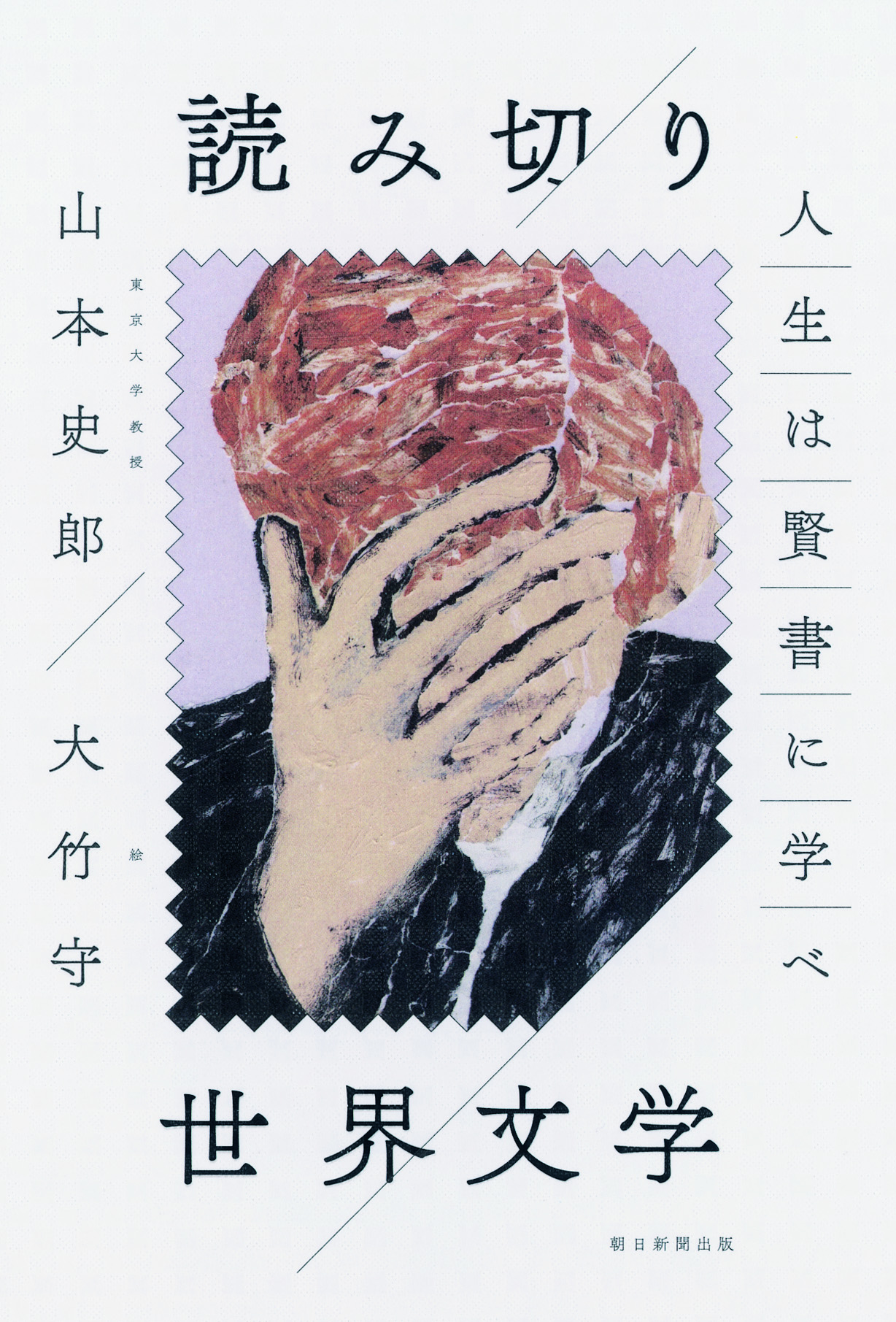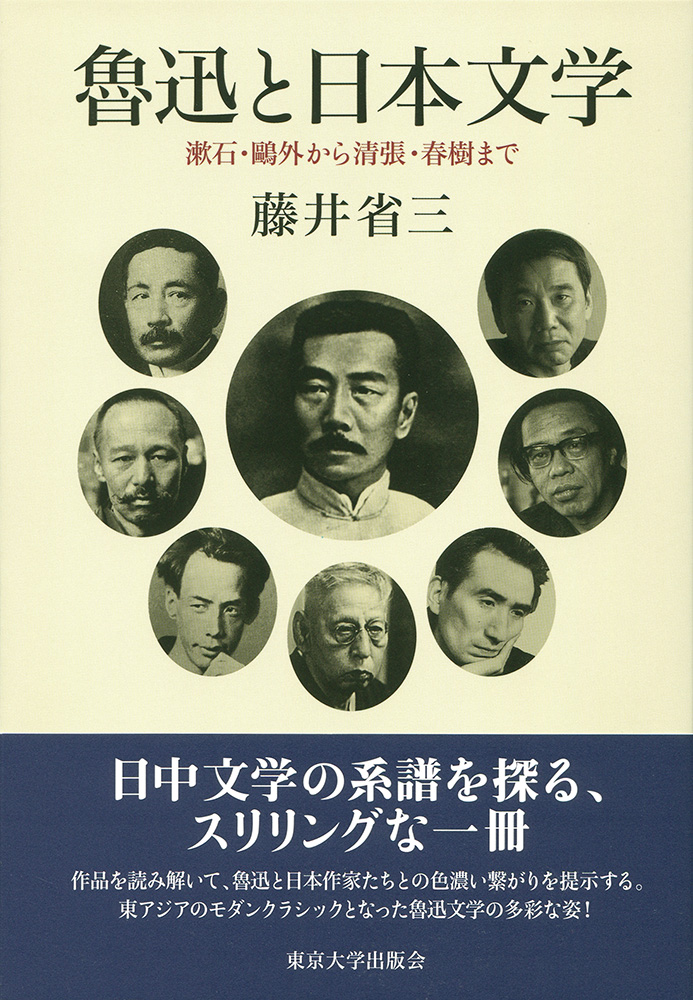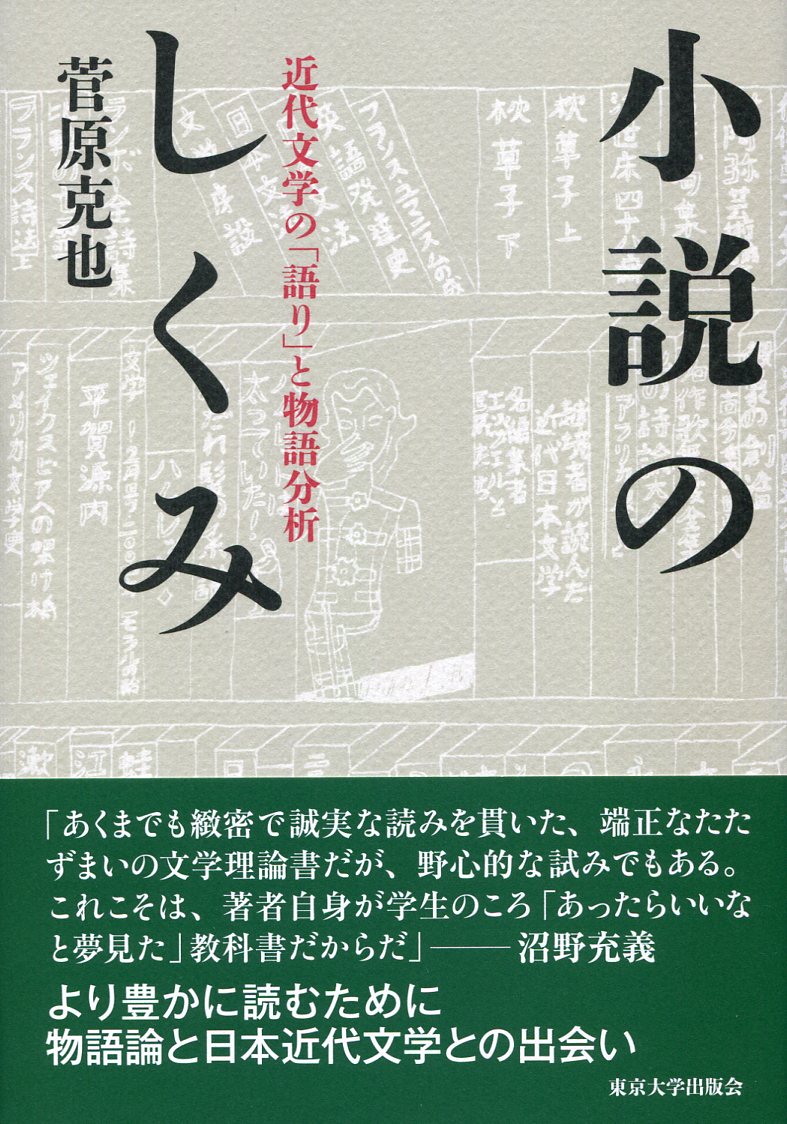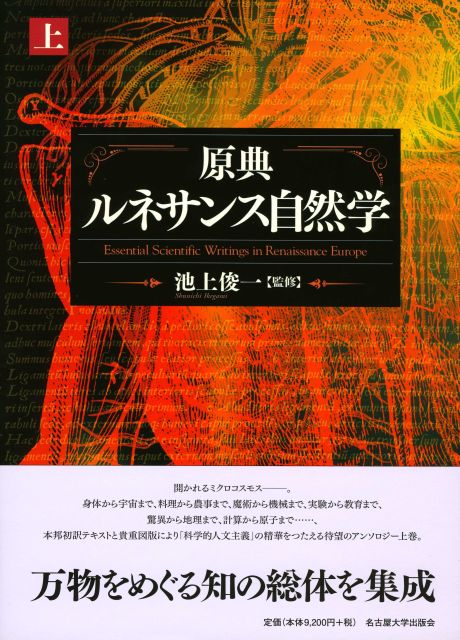
Title
D’Annunzio ni Muchu dattakoro (Studies on Gabriele D’Annunzio Today - Exhibitions and Symposia: Tokyo - Kyoto 2013-2014.)
Size
336 pages, 21cm
Language
Japanese
Released
September 09, 2015
ISSN
21892539
Published by
The University of Tokyo: College of Arts and Sciences Italian/Mediterranean Studies
See Book Availability at Library
Japanese Page
This collection of essays on Gabriele D’Annunzio, the Italian poet whose 150th birth anniversary was in 2013, was first published in Tokyo in 2015. It came as the conclusion to a six-month period of exhibitions and related events held from 2013 to 2014 at the Komaba Museum Graduate School of Arts and Sciences, the University of Tokyo, and the Kyoto University Museum and presents the latest research on the poet.
D’Annunzio, whose works have been widely read in many Western languages since the end of the nineteenth century, was known in Japan as a world-renowned writer during his lifetime. His literary works were read and quoted by famous writers, such as Natsume Sōseki and Mori Ōgai, and were widely translated, especially by Sōseki’s pupils, Morita Sōhei and Ikuta Chōkō. D’Annunzio’s persona, which encompassed both his novels and his personality, also had great influence on several young Japanese literary enthusiasts’ lives during the Taishō era. During World War I, D’Annunzio attracted attention and respect in Japan for being a patriotic poet of action.
The exhibitions organized at the University of Tokyo and Kyoto University, in addition to this publication, reintroduced the historical importance of D’Annunzio. They reevaluate his literature from a critical contemporary point of view (with new translations and a synopsis of his principal works) and reconsider his historical role in the evolution of modern Japanese literature and early twentieth-century media.
The contributions to the exhibitions and this publication were prepared by prominent scholars of modern Italian literature and culture, as well as by specialists in comparative literature, art history, and media studies. Among these contributors, particular mention should be made of Professor Giordano Bruno Guerri, co-organizer of the exhibitions and president of “Fondazione Il Vittoriale degli Italiani,” the world famous international center of studies on D’Annunzio. The contribution from researchers at the Institute for Research in Humanities at Kyoto University should also be acknowledged as important to the success of this publication.
This collaboration offered—for the first time in Japan with such magnitude and richness of content—an extensive panorama of today’s studies on D’Annunzio. The exhibitions, related lectures, gallery talks, and international symposiums attracted a large number of attendants (including scholars, students, and visitors) and national media coverage.
(Written by Mariko Muramatsu, Professor, Graduate School of Arts and Sciences / 2018)



 Find a book
Find a book






